In today’s Q & Cake (our own fancy version of Q & A) Elisabeth and Cami discuss several questions from listeners about their Instagram target audiences and strategies, how they pay themselves, how they repurpose old design elements, and their workflows for custom projects. These are questions from fellow artists, calligraphers, designers, stationers, etc. that will hopefully help you in your own biz journey as a creativepreneur!
Let’s be friends! Find us on Instagram http://instagram.com/bizbirthdaybash @bizbirthdaybash.
Grab your FREE Training — 4 Essentials You Need to Turn Your Biz into a Profit Party:https://bizbirthdaybash.com/free-training
I struggle with the strategy of instagram, how I can attract the right people. Or is it that important?
My main part of the followers are other letter-addicted or stationery designers, not couples.
But my clients should be the couples, because I want to design their stationery. Thanks <3
-
Marina Springer
Elisabeth 8:47
Marina, I picked this question to answer because I have developed some pretty strong feelings about Instagram and social media over the years.And I think about it this way: It’s not the follower count. It’s the way that you use the app. That’s going to pay off in the long run. So you’re right. You’re probably going to get a lot of people following you who do the same thing as you. It’s a great place to build community with peers, not always a perfect place to get clients, but it definitely happens.
But I would say use Instagram to build relationships with other vendors that are. Outside your own industry as well. So like for me as a stationer, I probably want to be connecting with wedding planners a lot. So I would start following like a lot of wedding planners in the hopes that they would follow me.
Because those are the people with the clients. So rather than coming in with the mindset of like, I need clients to follow me or leads to follow me or couples to follow me. Think of it more as like, if I can get people in the industry to follow me who have similar clientele as me and need the work that I’m doing.
Cami 10:41
My strategy was to get in front of couples using really specific hashtags. Like I kind of had a really good in with using like watercolor crest as a hashtag. And I know a lot of couples found me through that.
So if you have a unique offering where you can kind of, you know, use a hashtag for that word, Letterpress invitations or something like that. And using those types of hashtags because when couples are looking for vendors, they’re not. Uh, they’re looking through hashtags to find those specific things, like the couples who want these, the paper, like invested couples will look through those and get ideas or like paper inspiration or something like that.
So if you can be more specific with your hashtags, you’ll start to get good couples from there. And then it’s going to kind of snowball. Once you have a couple of good clients and they share stuff and their friends see it, and then you kind of get the same clients from their friend group as well. And their following.
But it does just take time using those hashtags. And of course, using it as a tool where you are not only waiting for people to come to you, but you’re going out yourself and commenting on other vendors, reaching out to them. Um, like Elizabeth is talking about making those connections. Going on hashtags, like hashtag she said yes.
And seeing couples who just got engaged and just comedy, like congrats. Like that’s amazing. And they’ll be like, who the heck is this person clicking on your profile? So wedding clients might reach out to you through that. So you can do some active stuff with that. And that seems like, wow, that’s a lot of work.
But if you were like, okay I’m going to set aside 10 minutes a day to like scroll through this hashtag and just comment on some random people’s posts. Like it could totally pay off, like you’re making a genuine connection there.
Hi!! I’ve been binge listening to your podcast and just finished watching the videos in Business Sense for Creatives (next purchase is the directory!!) and it’s super helpful, as someone just about to start out. I was wondering if you’d talk a little bit more about finances. Such as, how much money you decided you needed to start and how you split that up (i.e. % set aside for resources, supplies, etc). Aside from taxes, how do you split the money that comes in? How you decide when and how to pay yourself. If you can’t answer but have a resource or book recommendation, that would be helpful as well.
-
@gl.scripts
Cami 15:03We just did a podcast episode about this finally. So we have a podcast episode called how to come up with a financial plan for yourself or something like that.We do have that where we kind of expand on this more. And I also think the book profit first is really good for just understanding a little bit more of the specific questions and getting, uh, some insight on that. Um, and then it’s all just, I know we all hate the answer. It depends, but it really does depend.
Um, so pretty much always you’re going to be setting aside about 30% for taxes. So just go ahead and have that number in your head. 30% for taxes. So whatever is left over after that is the money you’ll have to pay yourself. And, um, invest into your business. Um, so I’m trying to think about how mine is. Like, I don’t necessarily think about the way I split it up.
I just know I have like a set amount that I like to pay myself, you know? Um, like every couple of weeks or once a month or whatever Elizabeth has like a very set pace guys with mine. She’s like, oh, you have to get myself some money right now. Like revolve around the idea of it’s bi-weekly, but it’s like, it might not be every other Friday.
Hi! I have a client who works for a non-profit and is interested in having me paint their building to sell at an auction, as well as the rights to the image to reproduce in holiday cards or brochures etc. I am having trouble finding information online on how that would be priced. Any experience or expertise you both have on this topic would be so helpful! Thank you for your podcast, for sharing your experiences and for your encouragement!
-
@samnelsonart
Cami 28:14
For this question, I’m going to recommend a book called the Graphic artists Guild handbook. I also have it on my Amazon page at camimonet.com/supplies. They release a new edition every year, but that has all the research on what people are charging for those types of things.
I’m not going to throw out a specific number because this can vary on like the type of work it is. What’s entailed in terms of like you, you know, making the final file. Are you making the holiday cards? Um, so definitely start with this book. I’m sorry. This is not like the easiest question to answer, because I don’t want to get too specific on anything because I know people will just like to take that number and run with it.
This question is more for Cami 🙂 As you paint all your stationery custom for clients, I would like to know if you really need to recreate the wheel each time or allow yourself to go back to previously painted items to use. Like small flowers or foliage? Like a personal stock library? If so, should you inform your clients that a specific piece has featured on one of your previous invites?
Thank you, love the show!
-
Susan Brand Design
Cami 32:14
I love this question because I am so proud of the sneaky way I run my business. Like I reuse stuff all the darn time. And, um, no one notices, like I’m telling you, not one person notices reusing stuff, except Elisabeth will be like, I’m looking for the reuse though. Cause she knows I reuse stuff, but even then like sometimes she won’t catch all of it.
Like I have all these like floral elements and sometimes I’ll just arrange it differently. Sometimes I’ll just change the color on it. because I’m like, oh, I already did a rose, but I didn’t get to be like an orangey hue instead of this pink. So I’ll just adjust the color. No big deal. Nobody notices. It’s totally fine. The way I’m, uh, arranging them or putting together their suite is still totally custom.
And the artwork is still custom because I painted it. It is not something they could get on like creative market.
Regarding custom clients- How do you guys keep track of the process? Do you have a master checklist so you don’t forget anything? What’s on your checklist?
-
Chaucer road paper
Elisabeth 38:00
Yes. And no. Well, I, cause I feel like the master checklist is like in my head, isn’t always the best way to do it, but you guys also have to keep in mind too.
Like my workload for invitation clients was never. Like super insane. Right. I wasn’t managing more than like a dozen clients in a work year, pretty much hardly ever. Um, but I know a lot of people who do like really elaborate beautiful spreadsheets that kind of like lay out the times, like here’s the week they expect to do assembly.
Here’s the week they expect to do production. It’s more kind of like having. Having that list in your head. And actually, you know what, I did put it into a workflow in up Sato at one point. So I think our workflow episode, like we did an episode all about workflows for wedding stationary. And I think that pretty much covers every single step that we have.
Cami 38:59
So I kind of do a timeline for each client. And I like specific dates on there. Like this is when this is due and this is when this is kind of happening. And so I do have that up and I will go through and like to check off when something has gone.
Like when we’ve already done, like a love story questionnaire has been sent. They filled it out. I’ve got their addresses or whatever. But in terms of smaller things, like I’ll basically keep a running list and be like, okay, I’m painting an so-and-so suite today. Here’s the 10 things I need to paint for this.
Um, here’s like, you know, and I’ll keep a checklist of that, but it’s not like. All in one thing, you know what I mean? Um, and then like ordering stuff, I’ll just simply write on the timeline or like their invoice, like the things I’ve ordered and just like check it off and be like, okay, that’s all been ordered.
I ordered this much, like whatever on this date. So I know when it’s coming. Um, yeah, so that’s how I kind of do things. It’s all basically based in-depth, Sato, that’s really the best way to stay organized. It’s really the only way to stay organized in my opinion, is having some sort of CRM, if you’re working with custom clients, because there are so many moving parts, you have to have some sort of like base to keep everything I did use Trello for a while as well because you can kind of move someone through like a little funnel thing. And I, I liked that when I. A lot of clients at once. It was like a really good way at a glance to just see where people were very visually. Um, but I didn’t keep up with it as much as I wanted to, but those are some, some good options for keeping things organized.
Elisabeth 40:27
Yeah. I would say the biggest thing is like putting something in place and then actually committing to use that because it’s very easy to put something in place and then not use it, which is really inefficient when you think about it.
Cami 40:38
Yeah. I think the best way to start out is just. Opening up a Google doc and just typing out every single thing that you would necessarily need to do for any kind of suite. And then like, just having that overview. So you’re like, oh, this is what I need to do. And then you can adjust it as you like, learn more, be like, oh, I should order stamps at this time.
Or that kind of thing to understand like how it all works. Cause you kind of like start building your system as you’re working with clients, like whatever works for you, you really just start to build your own way of doing things. And it makes sense.
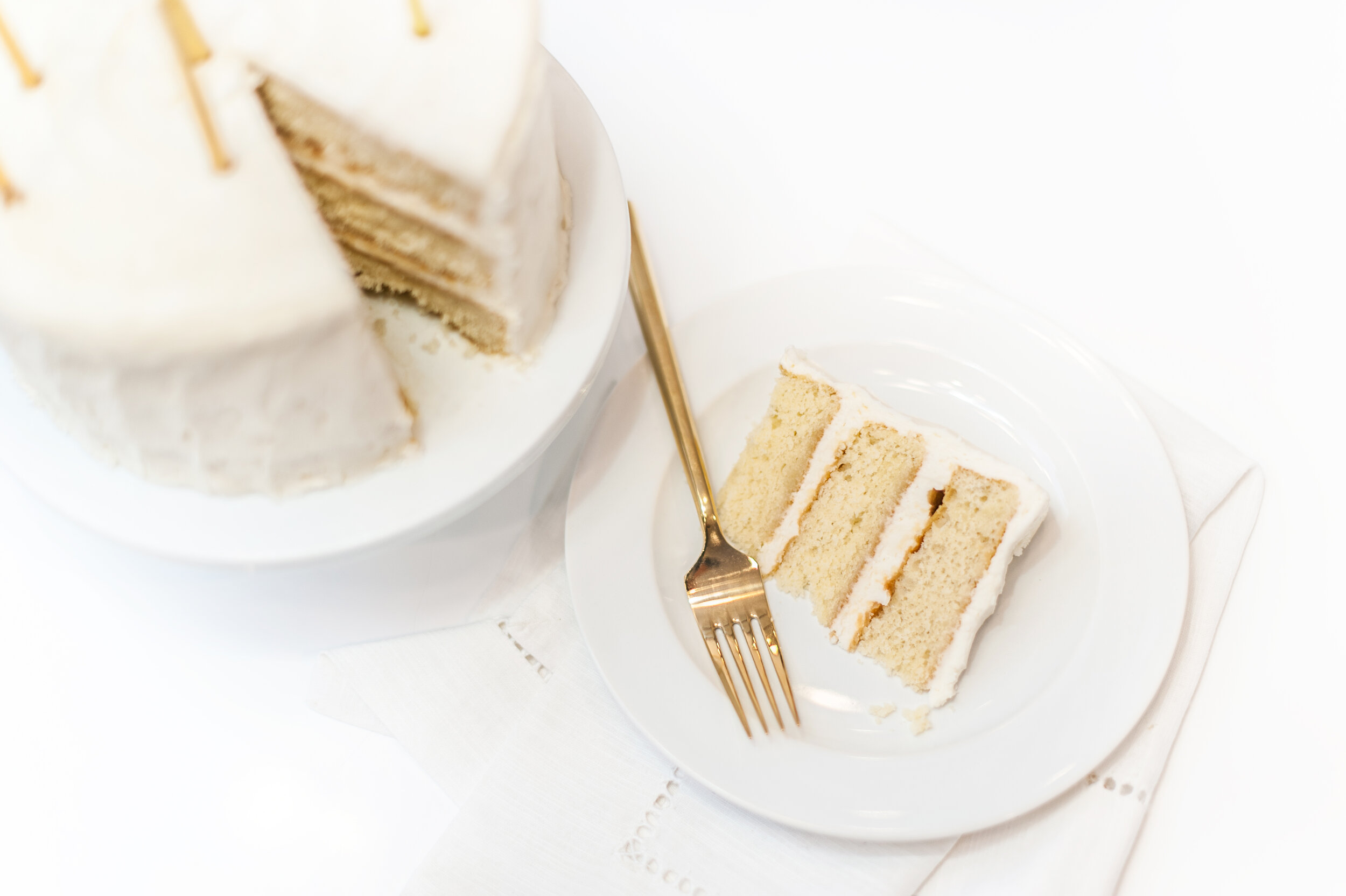
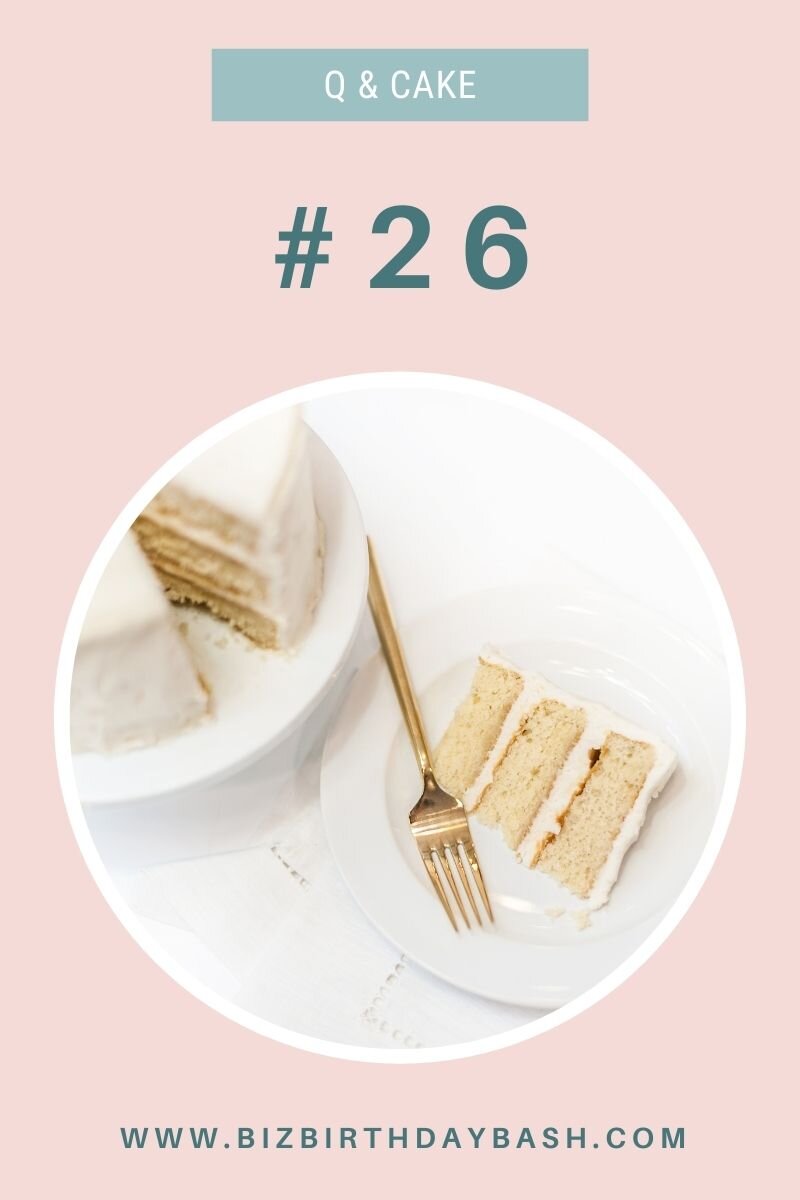
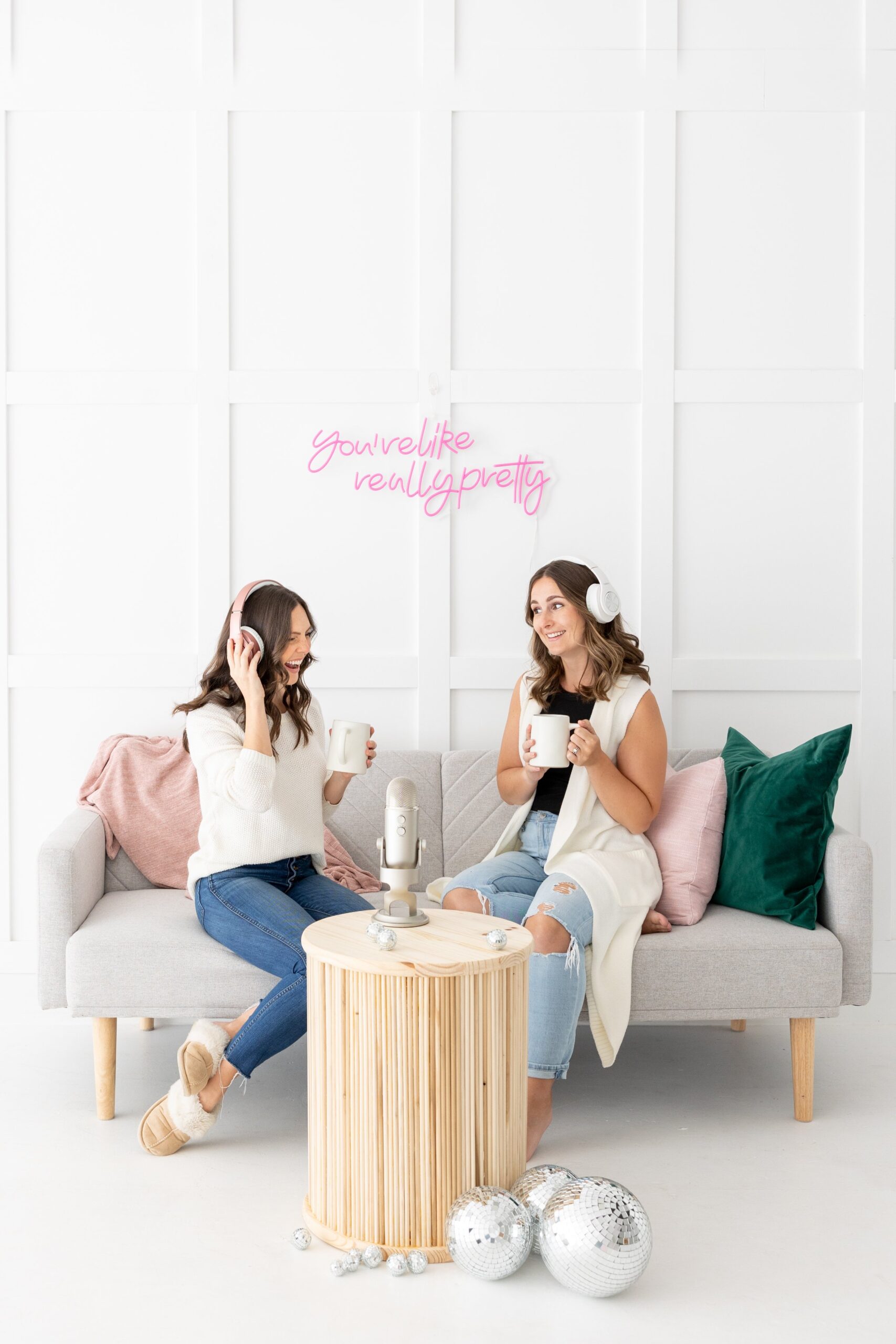
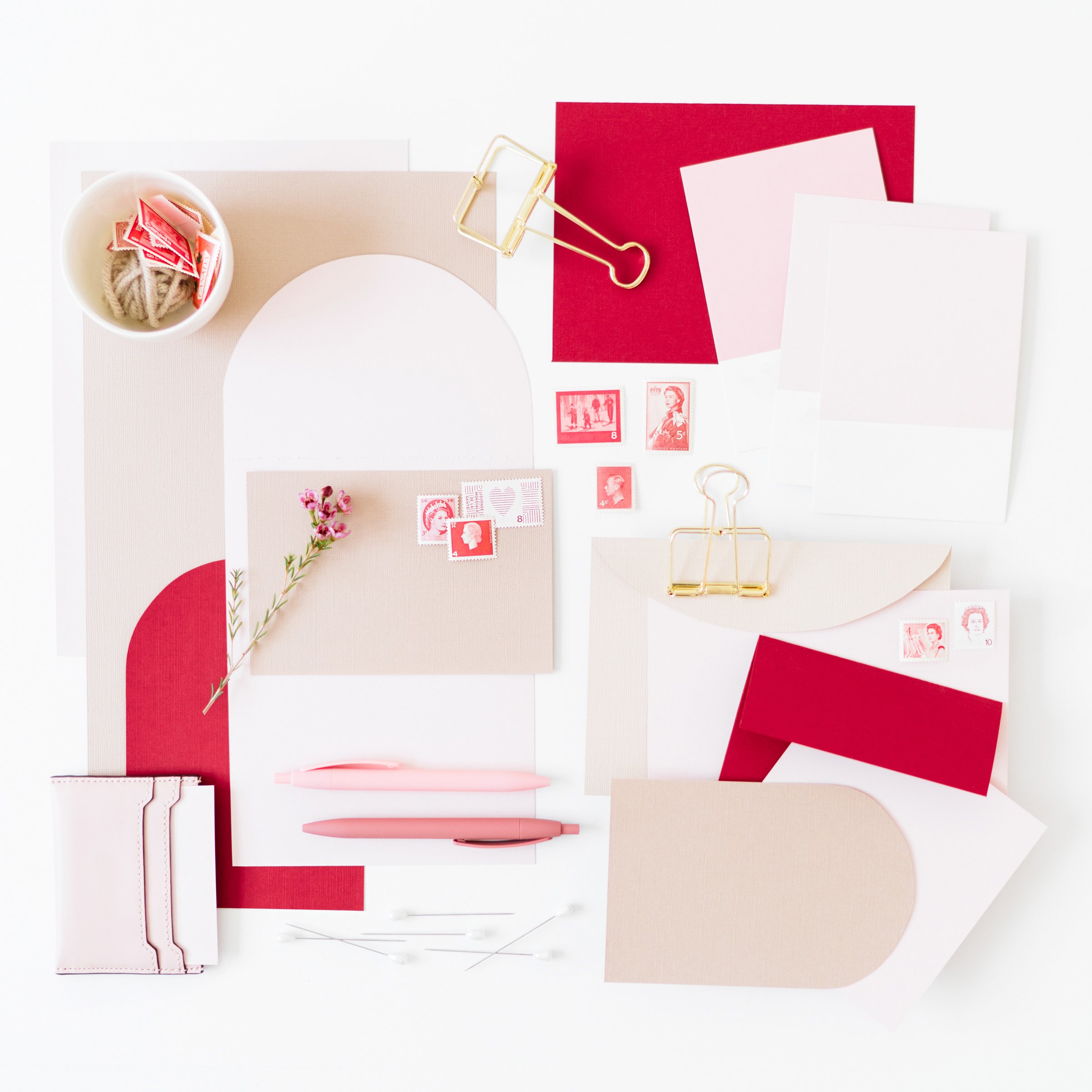
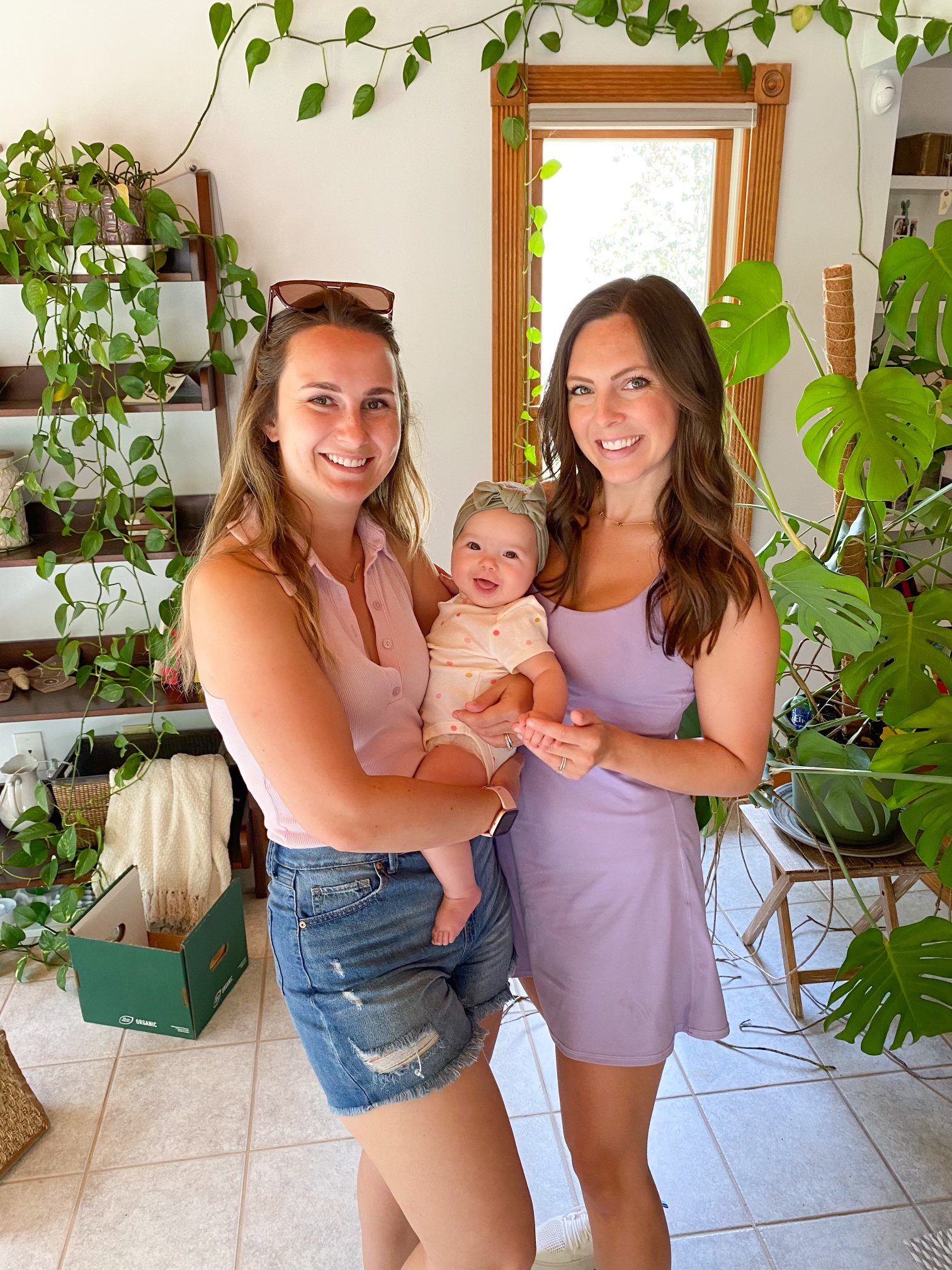
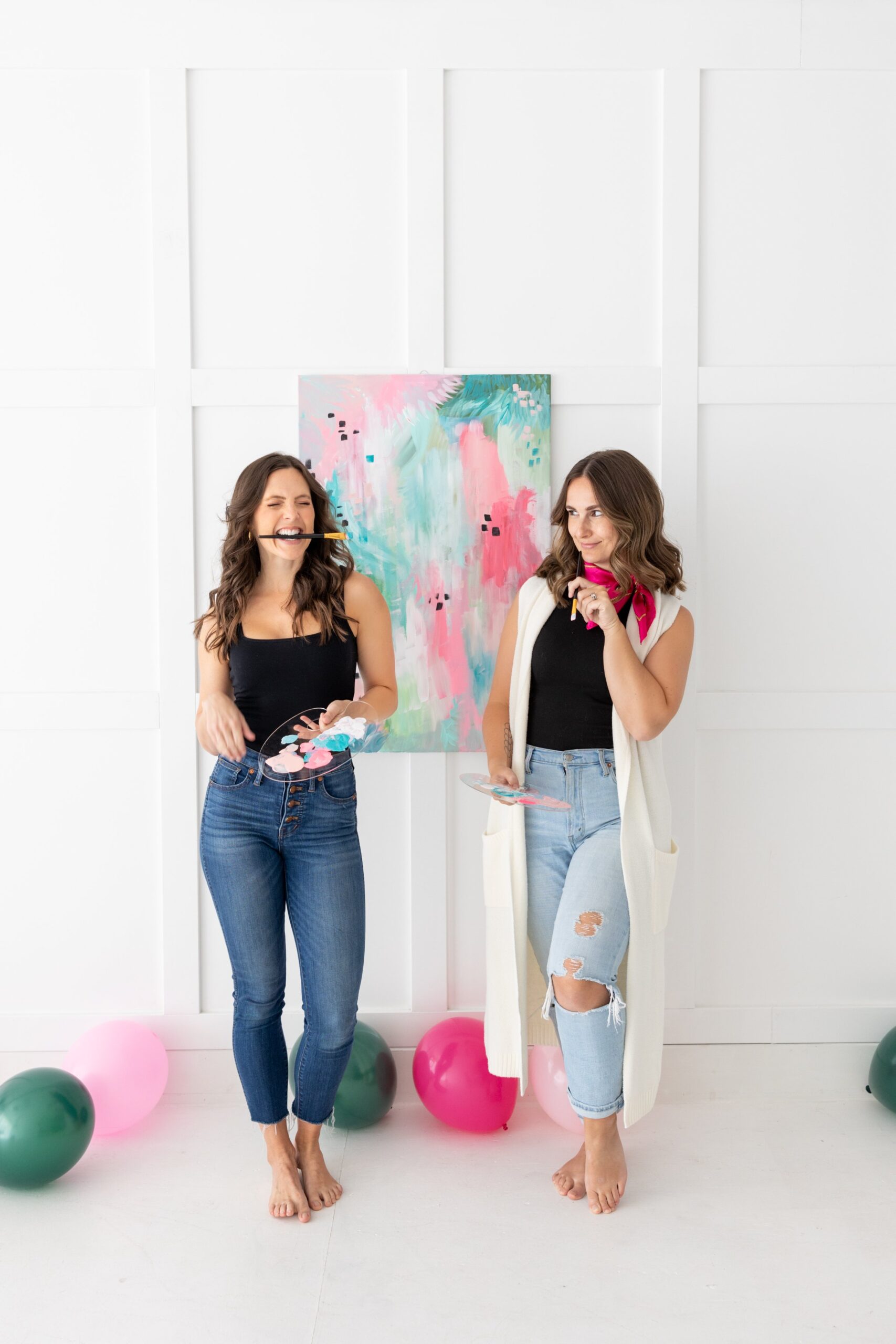

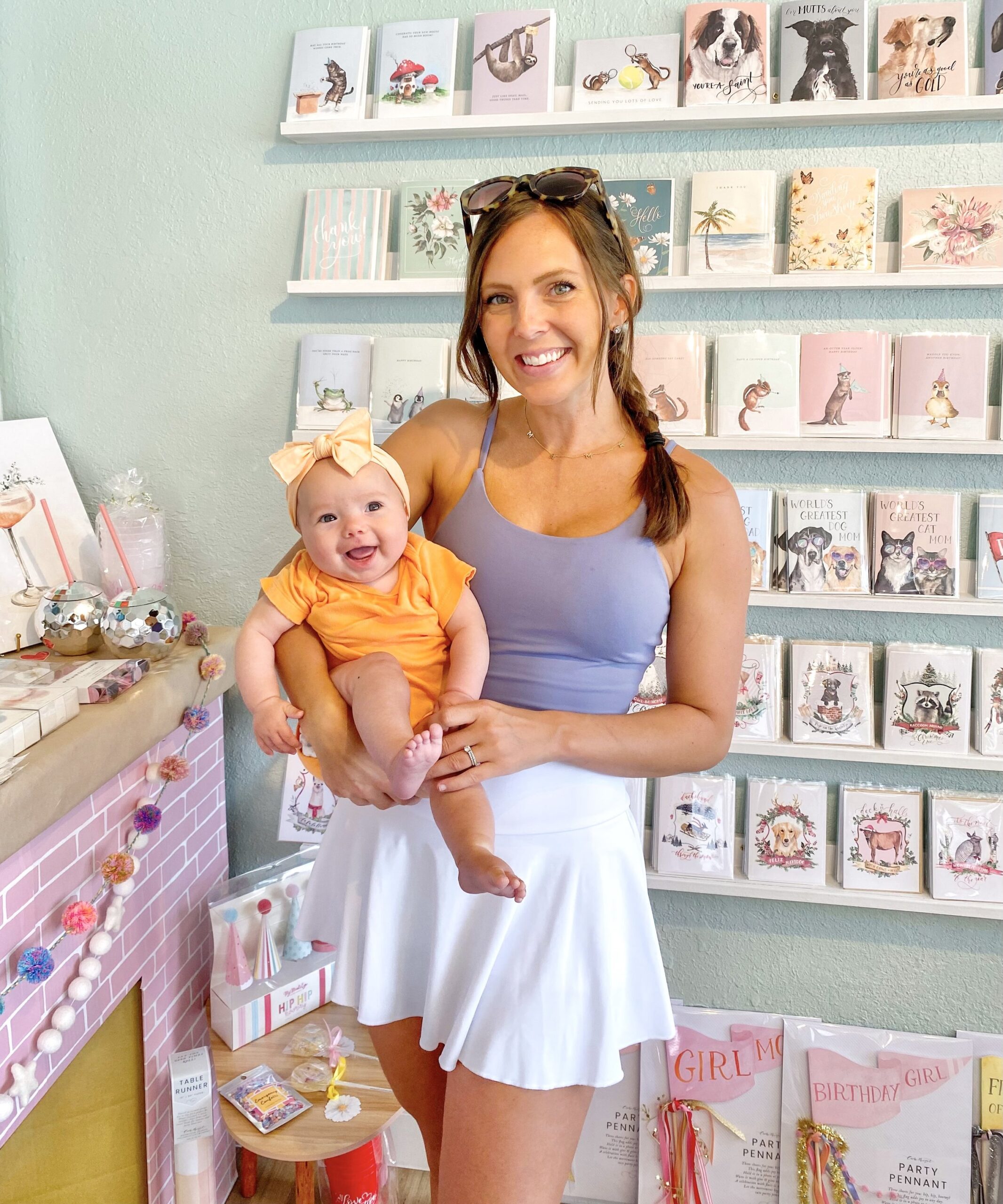
+ show Comments
- Hide Comments
add a comment